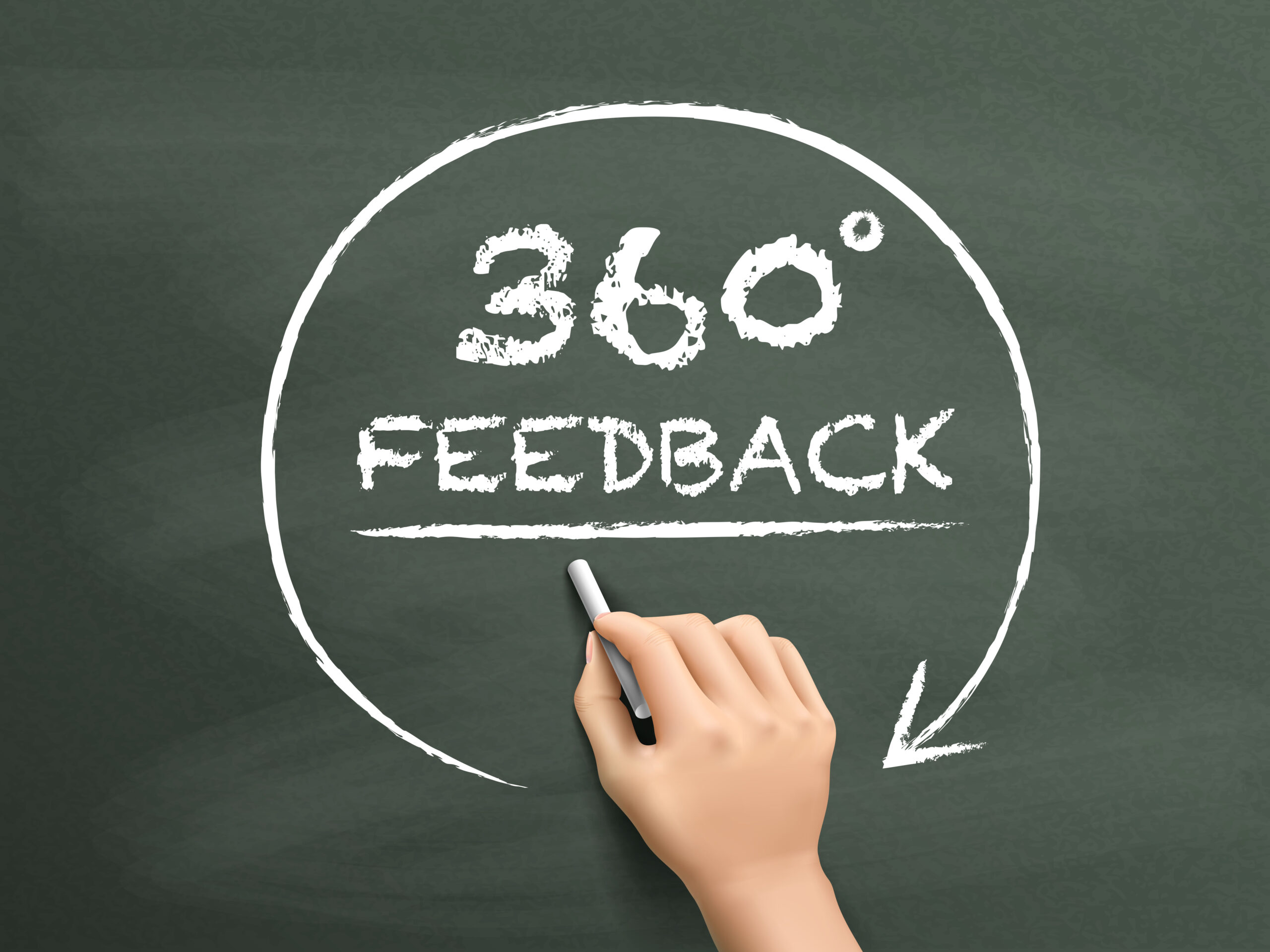
20 Oct Maximize The Power Of Your Leadership 360o
Harvard Business Review reports, in a 2019 article called “The Leader as Coach”, that the “role of the manager, in short, is becoming that of a coach.
Why Is A Leadership 360o Assessment So important?
- Feedback is a development tool that’s an essential part of a leader’s life. A 360o Assessment can be a powerful tool for catalyzing leadership development by finding out how different stakeholders (a group of superiors, peers and direct-reports) experience both the strengths that accelerate, and gaps that provide barriers to an individual’s success as a leader.
Seven Best Practices
- Here are seven key concepts to remember when administering a Leadership 360o Assessment:
-
- Always allow a neutral party to nominate the Peers, Superiors and Direct Reports that will respond to the survey (this might be an HR Professional if your vendor feels they can provide an unbiased perspective).
- The Leader should personally communicate with those responders asking them to provide their candid observations.
- The report is presented to the Leader, with the HR Professional from the company present, in a three-way conversation.
- The Provider develops a PowerPoint “deck” that provides context, guidance, and interpretation of the data in the Leadership 360o Assessment.
- The Leader should review the report, with the Provider, and highlight the top three strengths and the top three gaps in effective leadership.
- The Leader is presented with an Action-Plan, that they should develop with their superiors that will address the top three most relevant gaps they have.
- Finally, there is follow-up from superiors and HR Professionals at 30, 60 and 90 days to ensure completion of the plan and accountability.
Leveraging The Results
- The first, and most critical thing to remember, is that this Leadership 360o Assessment is not an evaluation of the leader personally, but are observations of that leader’s style. We encourage each person to allow their thoughtful, inner-observer review their individual results and to seek out both strengths and gaps to their leadership style. One study showed an overwhelming preference for leaders to give negative feedback rather than positive, and our own study reveals how difficult it is to force leaders to find, and leverage, their positive traits to overcome their gaps and to become a better leader.
- There are three key things we encourage leaders to do with the results:
- Circle Back To The Direct Reports
- There are two vital reasons to complete this task. One is to thank them for taking the time and let them know what the leader has learned and what the leader has chosen to work on. The second is to ask for their support and ongoing feedback.
- Create an “Action-Plan”
- We mention this above. Some key notions to communicate are that: 1) this is NOT a performance review and the results of the Leadership 360o Assessment will not affect long-term career aspirations, compensation, or job status.
- Debrief the Leadership 360o Assessment Process With Peers
- Many times the process of completing the Leadership 360o Assessment will highlight certain aspects of the Team’s operating as a functional Team. In one recent assessment of 10 “C-Suite” Leaders we found that the lowest scores on the group report were those that their other “C-Suite” Peers had given, leading us to believe (and the team agreed) that this company was highly “siloed” in their operation.
- Circle Back To The Direct Reports
Summary
- Jack Zenger and Joe Folkman, in their article published in Harvard Business Journal, What Makes a 360-Degree Review Successful, point out that in hundreds of studies “as leadership effectiveness increases, so does the retention of valued employees, customer satisfaction, profitability, productivity and employee engagement” – the article goes on to say that “for every decile of improvement in leadership effectiveness (as measure by 49 key behaviors), employee engagement increases by more than five percentile points.”
